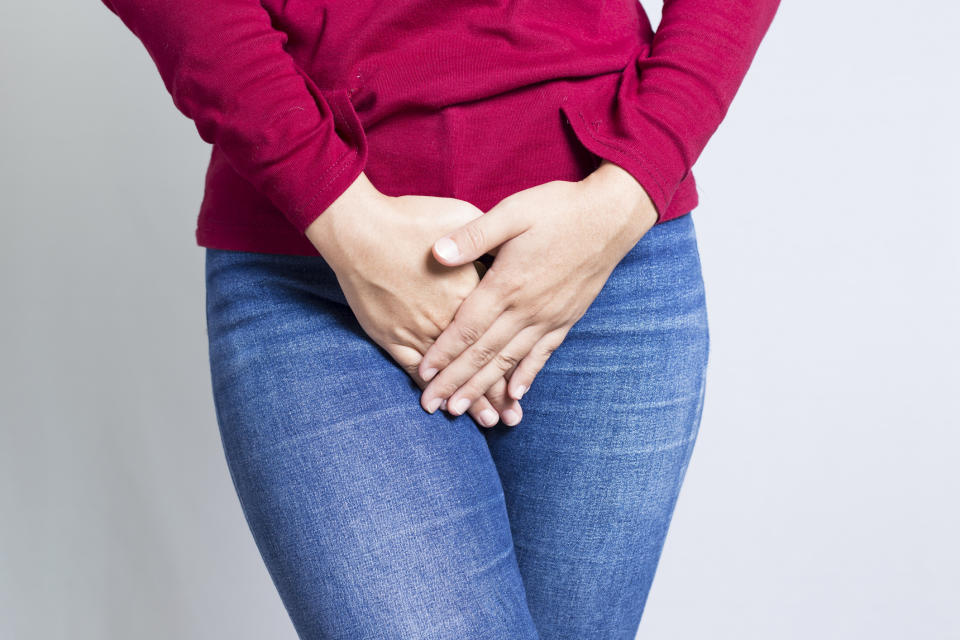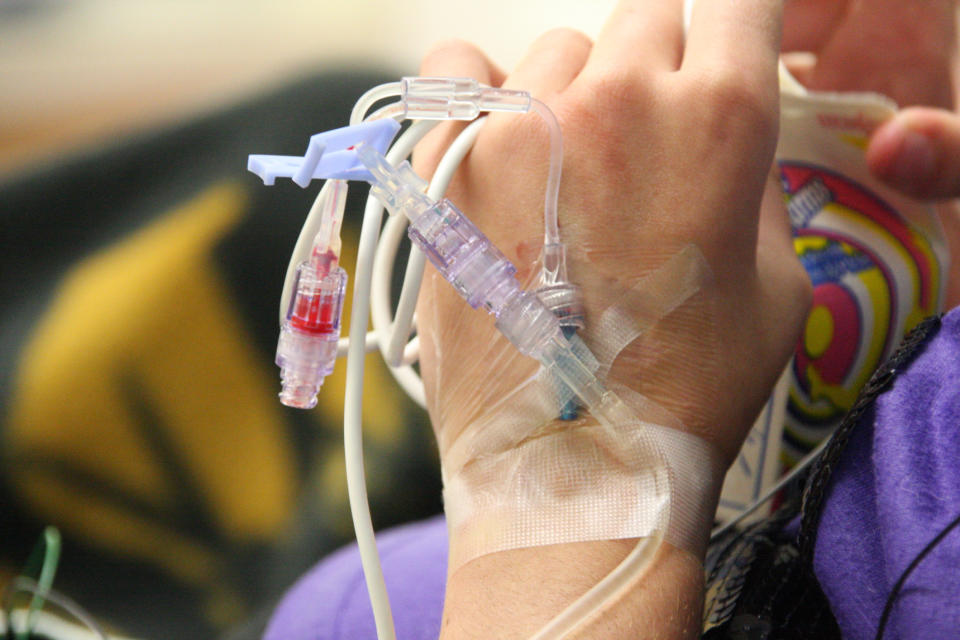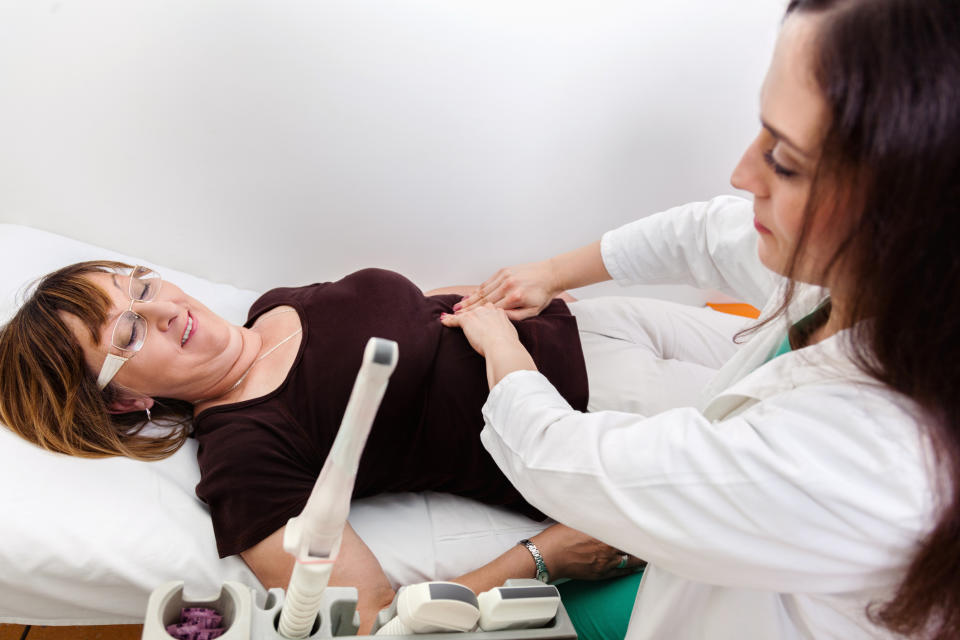Cervical cancer survivor warns of one shockingly common symptom you shouldn't ignore
In 2012, Carla Bradbury started experiencing stomach pains. She was 41-years-old and she thought it was coming from drinking too much sparkling water.
“I was given a Sodastream for my birthday and thought that my stomach pains were coming from having too much fizzy water, so I didn’t go to the doctors straight away,” Bradbury said. She also began experiencing spotting in between her periods but pinned it on “hormones.”
When her stomach pains got worse, she set up a pap smear appointment with her gynecologist. These tests can essentially detect pre-cancerous cells, giving doctors a chance to remove them before they can develop into cervical cancer.
Bradbury’s test results came back abnormal and she was scheduled for further testing.
ALSO SEE:‘Insane’ preschool newsletter accused of ‘shaming’ parents

“One of the gynecologists I saw put it down to endometriosis,” Bradbury said.
But after further testing and meeting with various doctors, Bradbury was officially diagnosed with cervical cancer.
“The cancer was a grade 2 squamous cell carcinoma of the cervix, Bradbury stated. The cancer reached stage 3B, meaning it had spread to the structures around the cervix.
“The consultant told me it was inoperable because it was attached to my pelvic wall.”
ALSO SEE: Woman with ‘no muscles’ gives birth to miracle baby after being told she wouldn’t survive a year

A nurse handed Bradbury a box of tissues, but she didn’t cry — she just wanted to know what they were going to do to get rid of it.
“I went through the worst time of my life, but also the most positive because I’d never felt more determined and focused.”
She had CT scans, two blood transfusions and a platelet transfusion. She also underwent chemotherapy and radiotherapy, which made her feel extremely sick. She describes herself as being fit and healthy before the diagnoses, but during treatment she couldn’t exercise — she couldn’t even stand up in the shower.
“One day that particularly stands out was when I went through the excruciating pain of having internal radiotherapy. That was my worst day. But, strangely, it was also my best,” she noted. “My consultant had received my MRI scan results, she came into my hospital room grinning like the Cheshire Cat. ‘We’ve done it, it’s gone!’ she said, grabbing my hand. I’ll never forget that moment.”
ALSO SEE: Woman shares photo taken just hours before stage 4 cancer diagnosis

She got the official all clear in March 2013, five months after being diagnosed. A few weeks later she entered into a civil partnership with her partner of 20 years — “another once in a lifetime moment,” she said.
“It took quite a while to build up my strength once I finished my treatment,” the 46-year-old said. “I lost a massive amount of weight. But I’ve been determined to get fit again ever since and I finally feel strong.”
These days Bradbury exercises whenever she can. She and her partner have a dog walking business and she regularly walk 5-10 miles a day.
“I also have a treadmill, exercise bike, cross trainer and rowing machine at home and I use them as often as possible.”
With a renewed determination, Bradbury recently decided to take on a new, positive challenge — the Stand Up To Cancer’s Great Canoe Challenge — a fundraising campaign from Cancer Research U.K..
“I’ve recently lost two friends to cancer, including the person I went through my treatment with,” Bradbury said. “She died this July and it’s hard to describe how I feel. I know I’m lucky to be here and that’s why I feel so passionate about doing something positive to make a difference.”
ALSO SEE: Why this woman is crediting her hair stylist with saving her life

In Canada, an estimated 1,550 Canadian women will be diagnosed with cervical cancer this year with 400 expected to die from the disease. Approximately 12,820 women in the U.S. will be diagnosed with cervical cancer in 2017 with more than 4,200 deaths expected from the disease.
In the U.K., cervical cancer is the 13th most common cancer for females, with approximately 3,200 cases diagnosed in 2014. About 52 per cent of cervical cancer cases in the U.K. each year are diagnosed in women under the age of 45.
Research shows that cervical cancer rarely presents symptoms in its early stages, which highlights the importance of regular pap and/or HPV tests.
Let us know what you think by commenting below and tweeting @YahooStyleCA!
Follow us on Twitter and Instagram!



